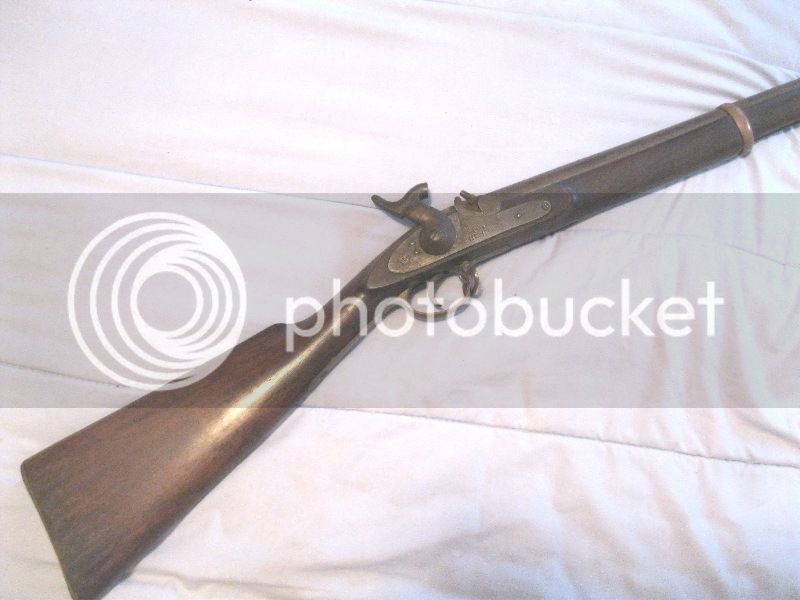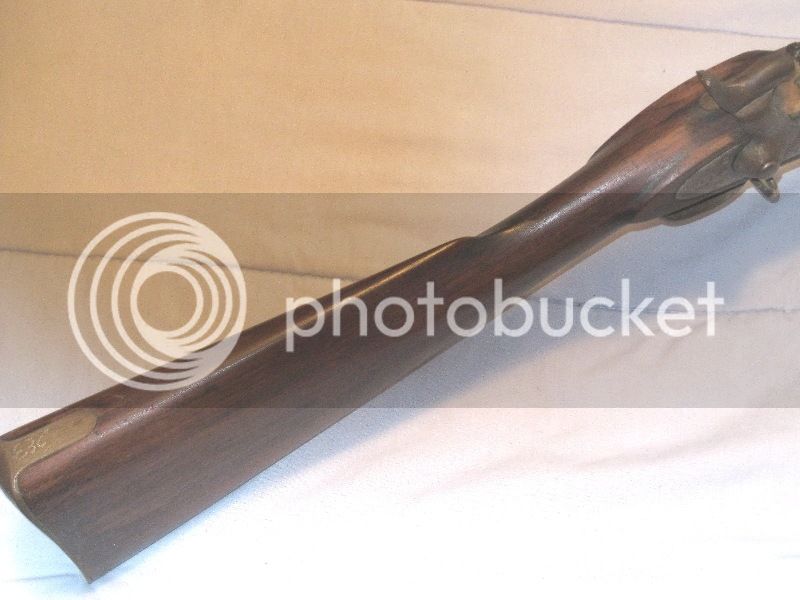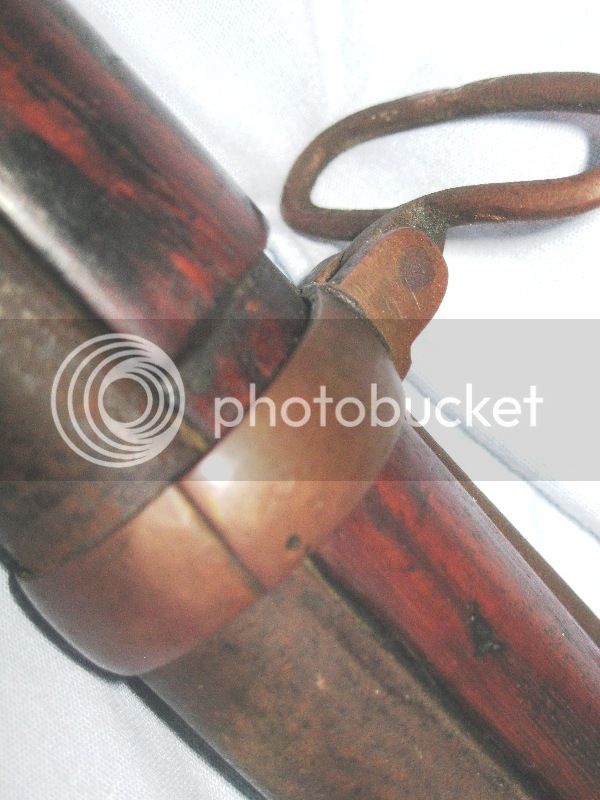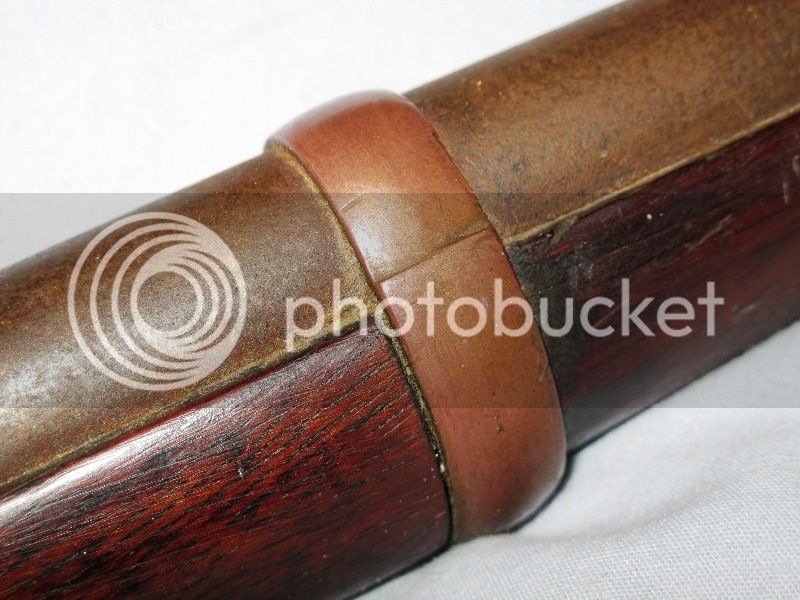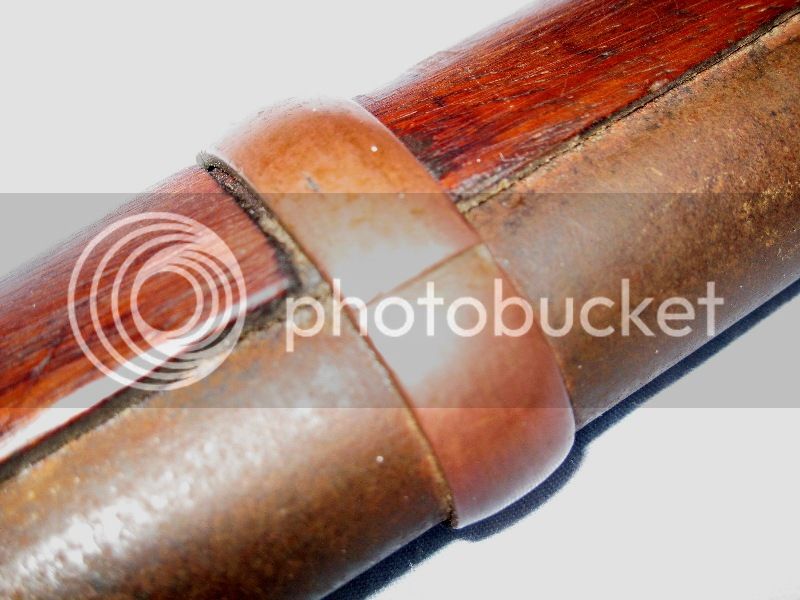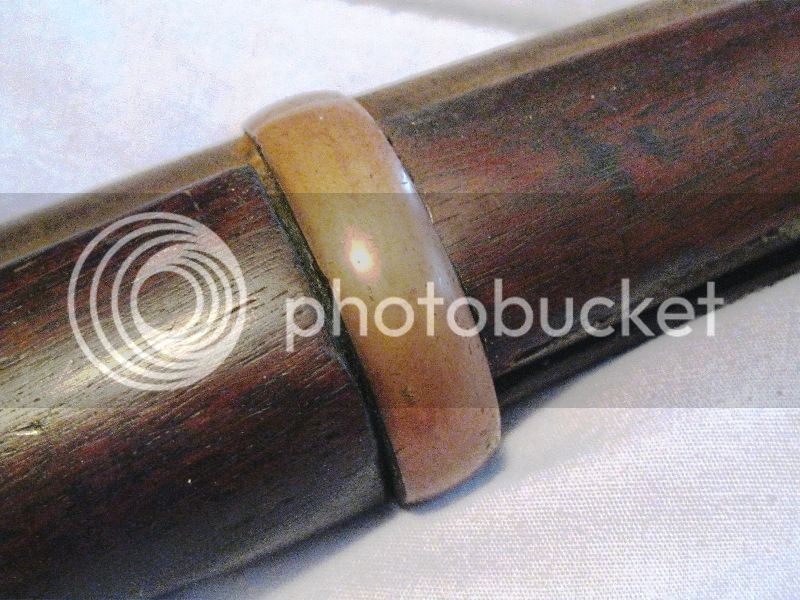I agree with Tac and others here. This gun has many of the hallmarks of a Khyber Pass made gun. From the photos the barrel looks longer than 42" ? Where are you measuring from? Anyway, here are some observations:
Lock: The hammer looks too wide. I looked at my original Enfield and Snider and the width of the hammers is more narrow. The lock plate could be original? The crown is in approximately the right postion, but the attemted numbers on the plate I'm confident are spurious. As Tac mentioned, most of the people in this region could not even read or write their own language, much less a foreign one. To much of the masses any gun considered to be of all/part European manufacture was often viewed to be of more value thus gaining a higher selling
price. A photo of the interior of the lock would likely tell the story. Seldom are the interior working parts of the locally made locks up to European standards, especially the springs. Notice also there is only one lock bolt screw utilized. The other screw is simply a wood screw.
Stock: Notice the rear sling swivel is attached with a brass pin vs a steel screw. The barrel bands appear to be originals? But hard to tell from the photos. Would be interesting to see a close up photo of the bands and weather or not they are attached with a screw or pinned. Wonder if the stock was made as one or two pieces? The ramrod was locally made and looks typical to the region. The trigger guard looks like it might be original Enfield. (?)
Barrel: Would be interested to know if the barrel is rifled or smooth bore? The position of the rear sight at the far back of the breech is the most common position I see on these Mid-East type guns. I've seen them dovetailed, welded, and made as part of the breech plug. The barrel was most likely a locally made variant.
Overall, this gun looks like a typical KP made gun from the mid-late 19th Century utilizing salvaged parts where available. It's a very nice and interesting example. Thanks for posting. Rick. :hatsoff:






